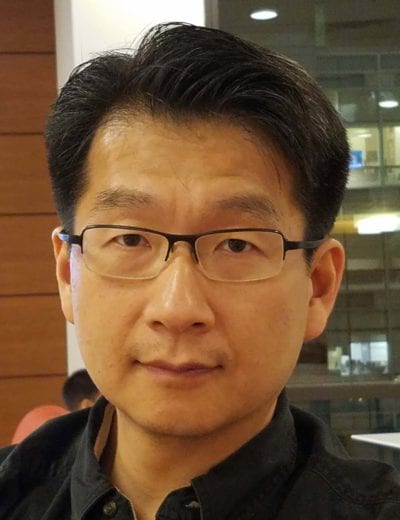Dr. Choi, along with collaborator and member of the CureAlz Brain Entry and Exit consortium Dr. Roger Kamm, continue their work to create accurate human cell culture models of the brain. These models aim to mimic the complex interactions at key borders that regulate fluid transport across the blood-brain barrier (BBB), including the subarachnoid lymphatic-like membrane (SLYM), arachnoid cuff exit (ACE) points, and the meningeal lymphatics system. This work builds on their previous success in engineering a 3D model that combines neurons and astrocytes with neurovascular cells to mimic the BBB. The brain cells used in the models are generated from donor cells carrying gene mutations that lead to the production of amyloid or tau pathology seen in Alzheimer’s disease (AD). In addition, they have developed a cell culture model for meningeal lymphatic vessels.
In this proposal, they are pursuing three aims. In aim one, they are integrating their meningeal lymphatic cell model into their AD/BBB model to replicate entry and exit routes from the brain. In the second aim, they are verifying that Alzheimer’s-related pathologies develop as expected in the newly combined model and will introduce additional optimizations as needed, e.g., pumps to simulate the direction of fluid flow. In the third aim, they are evaluating whether their model can be used to test therapeutic interventions that would modify barrier cell functions to impact amyloid clearance.
At the end of year one, the team successfully established a 3D cell model that integrates AD neurons with perfusable vascular networks and meningeal lymphatic vessels. They also developed methods to track amyloid beta accumulation, circulation, and clearance, which lays the foundation for studying barrier function in AD. Moving forward, they will transition to a fully human iPSC-derived system, which offers greater clinical and patient relevance. The teams will also test the therapeutic potential of manipulating the activity of the Piezo1 ion channel, which regulates meningeal lymphatic drainage and cerebrospinal fluid (CSF) outflow.



